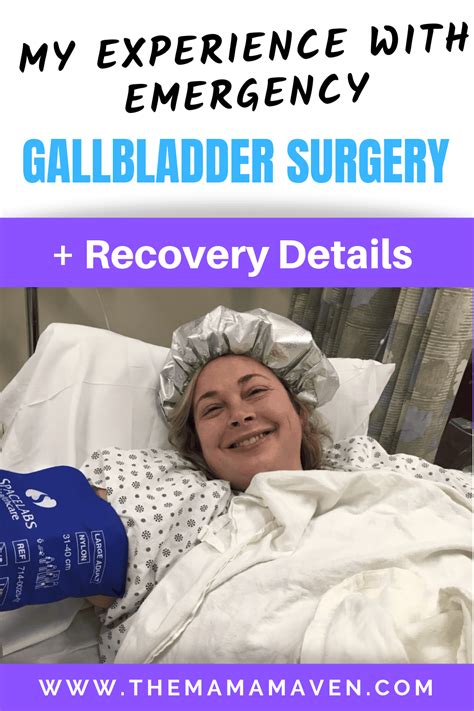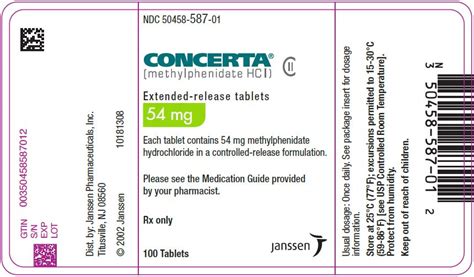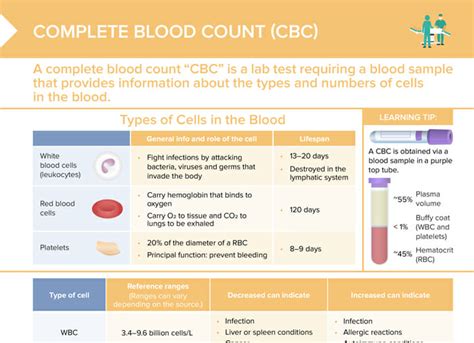The gallbladder, a small but vital organ located beneath the liver, plays a crucial role in the digestive process. It stores bile, a fluid produced by the liver, which helps to break down fats during digestion. However, when this organ becomes inflamed or infected, it can lead to severe pain and discomfort, often requiring immediate medical attention. In such cases, emergency gallbladder surgery becomes the necessary course of action to provide fast relief and facilitate recovery.
Understanding Gallbladder Problems
Gallbladder issues typically arise due to the formation of gallstones, which are small, hard deposits that can block the flow of bile. This blockage leads to inflammation and can cause intense pain, usually in the upper right abdomen, which may spread to the back or right shoulder. Other symptoms include fever, nausea, vomiting, and jaundice (yellowing of the skin and eyes). In severe cases, if the gallbladder ruptures, it can lead to a life-threatening condition known as peritonitis, where the lining of the abdominal cavity becomes infected.
Symptoms Requiring Emergency Attention
It’s crucial to recognize the symptoms that necessitate immediate medical intervention. These include:
- Sudden and severe abdominal pain
- Pain that radiates to the back or shoulder
- Fever over 101.5°F (38.6°C)
- Vomiting
- Jaundice
- Abdominal tenderness
If you or someone you know is experiencing these symptoms, it’s vital to seek emergency care without delay. Prompt intervention can significantly improve outcomes and reduce the risk of complications.
Emergency Gallbladder Surgery: The Procedure
Emergency gallbladder surgery, also known as a cholecystectomy, involves the removal of the gallbladder. This procedure can be performed through open surgery or laparoscopically, depending on the individual’s condition and the surgeon’s preference. Laparoscopic surgery is less invasive, involving several small incisions through which a camera and surgical instruments are inserted. This method typically results in less pain, smaller scars, and a quicker recovery compared to open surgery.
Preparation for Surgery
Once the decision for emergency surgery is made, preparation is swift. This includes:
- Blood tests to assess overall health and detect any potential issues
- Imaging tests (ultrasound, CT scan) to confirm the diagnosis and assess the extent of the condition
- Intravenous fluids and antibiotics to stabilize the patient and prevent infection
- General anesthesia to ensure the patient is comfortable during the procedure
The Recovery Process
Post-surgery, the patient is monitored closely in the hospital for any signs of complications. Pain management is a priority, with medication administered as needed. It’s essential to follow the surgeon’s instructions for a smooth recovery, which typically includes:
- Resting and avoiding strenuous activities for a few weeks
- Following a diet as recommended by the healthcare provider, often starting with a liquid diet and gradually introducing solid foods
- Attending follow-up appointments to remove any stitches or staples and to check for any signs of infection
Lifestyle Changes After Gallbladder Removal
While the gallbladder plays a role in digestion, its removal does not significantly impact the ability to digest food. However, some individuals might experience changes in bowel movements or dietary tolerance. To manage these changes, it’s advisable to:
- Eat smaller, more frequent meals
- Avoid fatty foods initially and reintroduce them gradually
- Stay hydrated
- Consider taking supplements, such as bile salts, if recommended by a healthcare provider
Conclusion
Emergency gallbladder surgery is a lifesaving intervention for those suffering from severe gallbladder issues. While the procedure and subsequent recovery require careful management, the outcome is typically positive, with most individuals returning to their normal activities within a few weeks. It’s crucial to be aware of the symptoms that necessitate emergency care and to seek medical attention promptly to avoid complications. With proper care and adherence to post-surgery instructions, patients can look forward to fast relief from their symptoms and a successful recovery.
What are the risks associated with emergency gallbladder surgery?
+While generally safe, emergency gallbladder surgery carries risks such as infection, bleeding, and injury to nearby organs. The risk of these complications can be minimized by choosing an experienced surgeon and following post-operative care instructions diligently.
Can gallbladder problems be prevented?
+While not all gallbladder issues can be prevented, maintaining a healthy weight, eating a balanced diet low in fat and high in fiber, and staying hydrated can help reduce the risk of developing gallstones.
How long does it take to recover from gallbladder surgery?
+Recovery times can vary, but most people can return to their normal activities within one to three weeks after laparoscopic surgery and four to six weeks after open surgery. It’s essential to follow the surgeon’s instructions for a smooth and speedy recovery.



